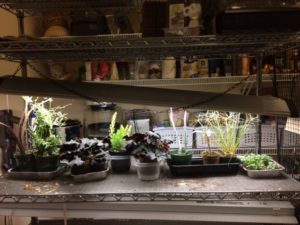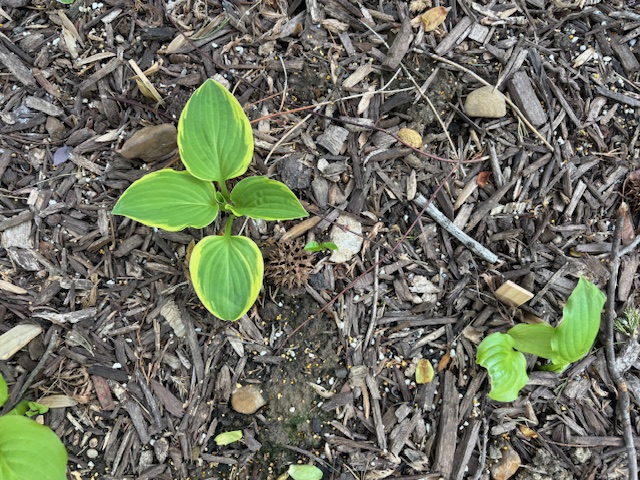Gardeners to the Rescue! Saving Dying Plants!
Views: 681

When my children were much younger, we would all go to the grocery store together. They were really well-behaved and I loved having them with me. As a working mom, I wanted every moment with my kids that I could get.
The floral section of the store was located so that we had to pass by as we began our shopping. Many days, there would be a shopping cart with bedraggled, nearly dead plants. Many times they were especially African violets on clearance for fifty cents.
The kids would spot the near dead violets, pick them up carefully and bring them to me. Their big, beautiful eyes would fill with tears as they pleaded, “Please, Mommy, you HAVE to save them!”
What would you do? I would put the sad little plants in my cart and bring it home. After being re-potted with new soil and placed on the window sill above my kitchen sink, the violets would usually decide they were happy and live. Occasionally, my reward would be a lovely bloom.
My children are grown, but to this day, I look for plants to rescue at the grocery store, think of my kids, and smile.
Save the Plants!
Rescuing plants is a rewarding little hobby (maybe compulsion is a better word) and working at Hasting Plants gave me plenty of opportunity! Nancy might have a few seedlings left over which she was happy to share. One time, a delivery truck driver noticed a baby papyrus missed from a previous stop; he gave it to Nancy, who was kind enough to let me take it home. The photo shows some of my “rescues” from the greenhouse – mostly extra seedlings or cuttings. From left to right there are: Mojito elephant ear, a fern (I can’t remember its name), a foxtail fern, sansevieria, a frangipani (given to me by a nice customer), the baby papyrus and unidentified succulents I started from leaves that fell from the mother plant. They are happy under the growing lights in my pantry and I enjoy taking care of them and watching their progress.
You can rescue plants, too
I think most gardeners are plant rescuers. Native plant societies conduct plant rescues if they obtain the owner’s permission before construction disturbs the land. These societies take the rescued plants to a nature preserve, park, botanic garden or to private property with the right growing conditions.
When a house is abandoned or headed for demolition, there are often perennials like German irises, daylilies, daffodils, surprise lilies (Licoris squamigera) and needle-and-thread plant (Hesperostipa comata) still alive and growing. If you can obtain permission to dig them up, it’s a great way to obtain new plants.
Of course, it should go both ways; it’s easy to share a “start” of many perennials by dividing an existing plant (this works well with hostas and daylilies), breaking off a rhizome (German irises) or digging up bulbs (daffodils and surprise lilies). Share with others and others will share with you.
One thing I’ve learned is that even when it’s not the “right” time to transplant, divide or dig up a plant, many perennials can survive and be just fine. You may have to baby them a bit. For example, water them a little more frequently or be patient while they settle in enough to grow. But gardeners are, by nature, patient folks who love plants. So, if you get a chance to be a plant rescuer, give it a try.
Stay Green, Good Friends!
Meet Dona Bergman
Dona Bergman is a founding member, Southwest Indiana Chapter of the Indiana Native Plant & Wildlife Society, and an Advanced Master Gardener.







